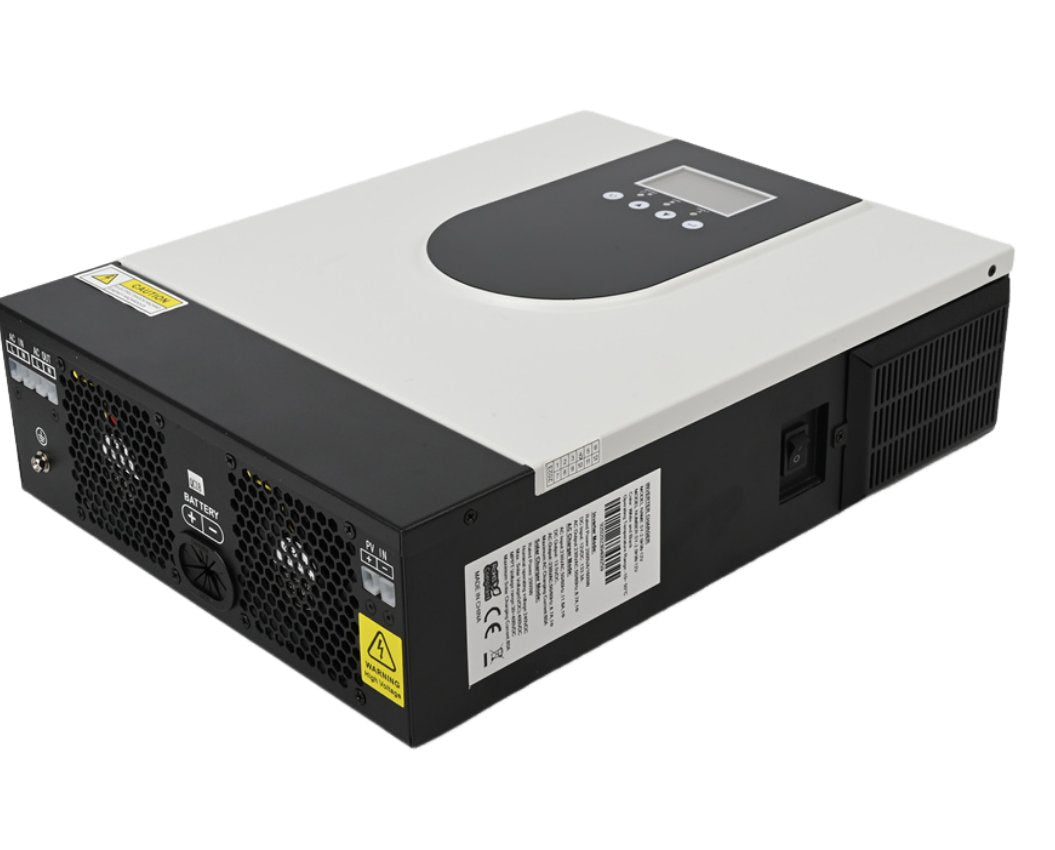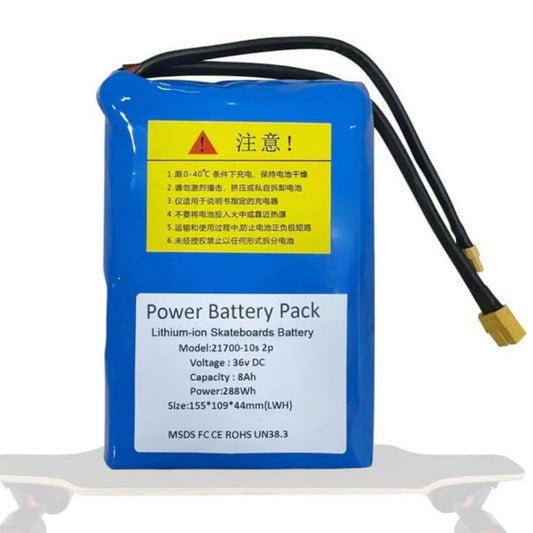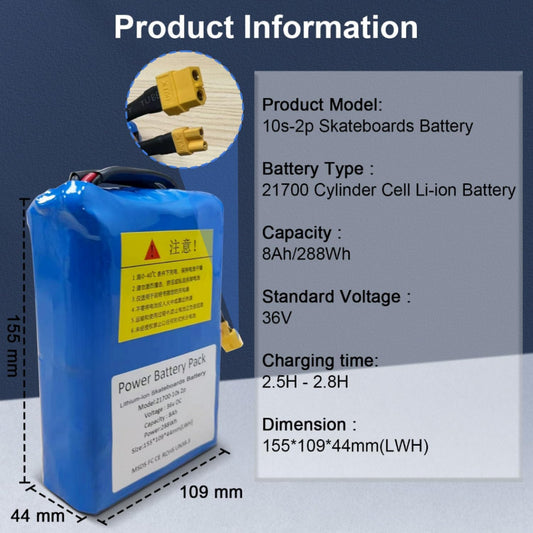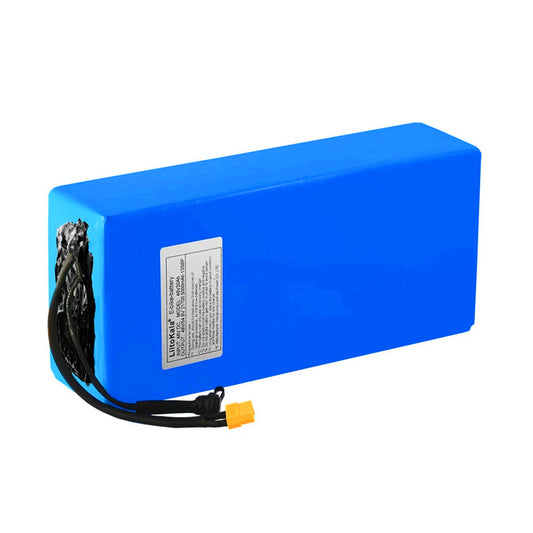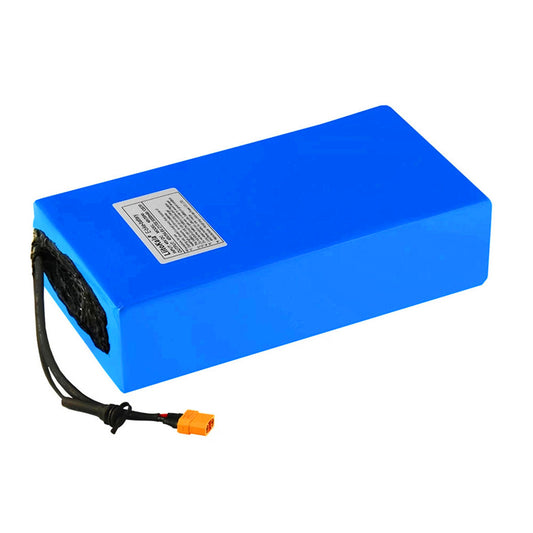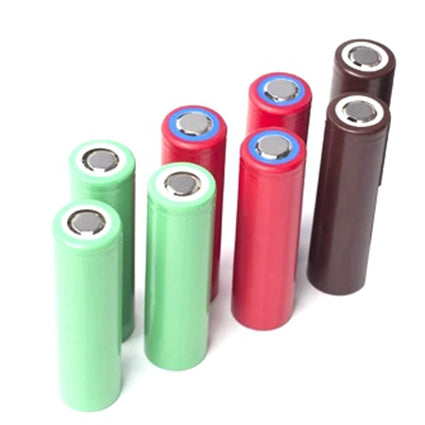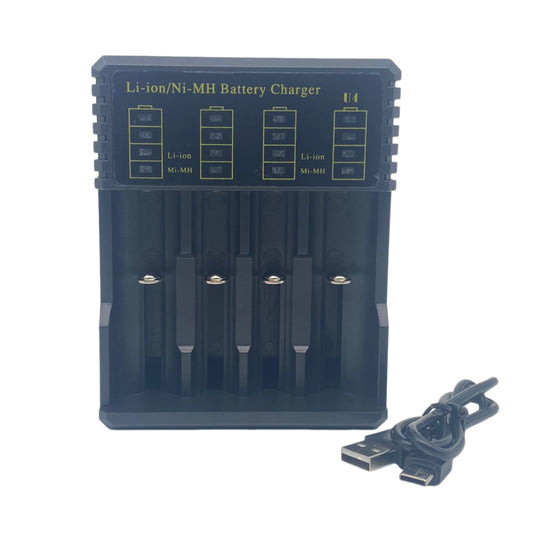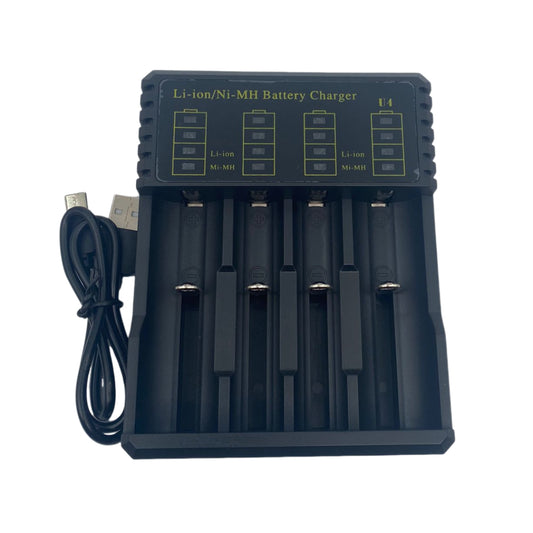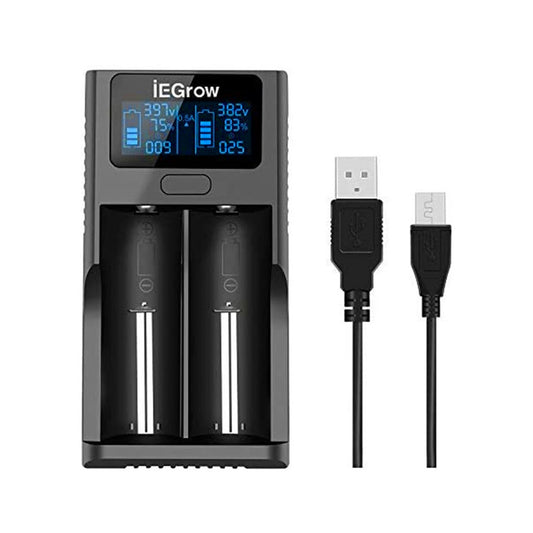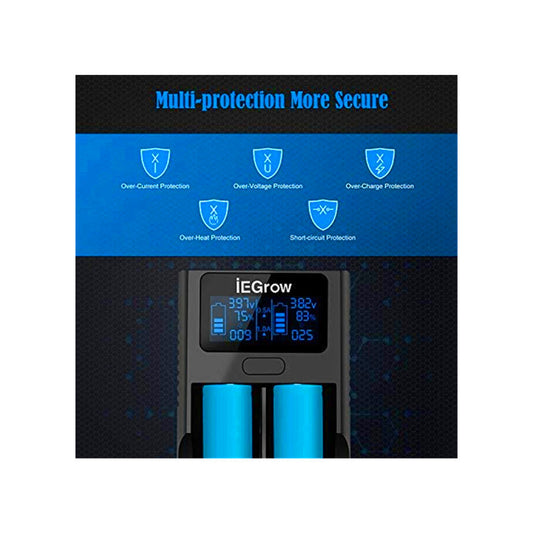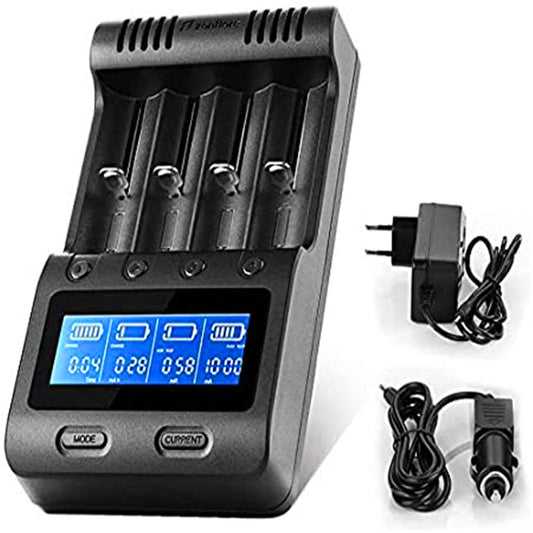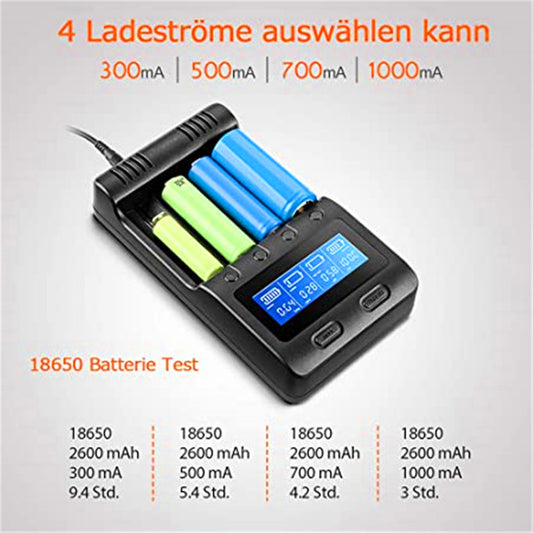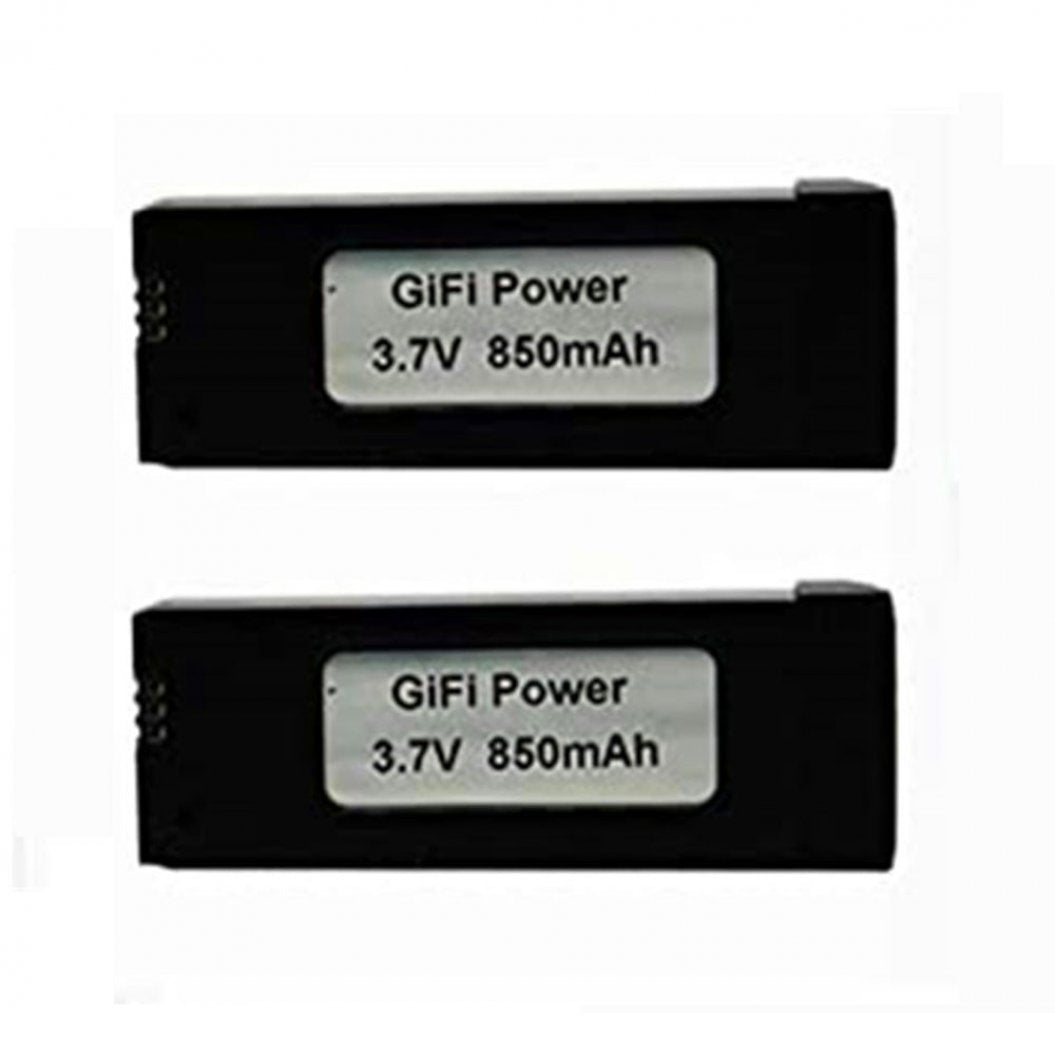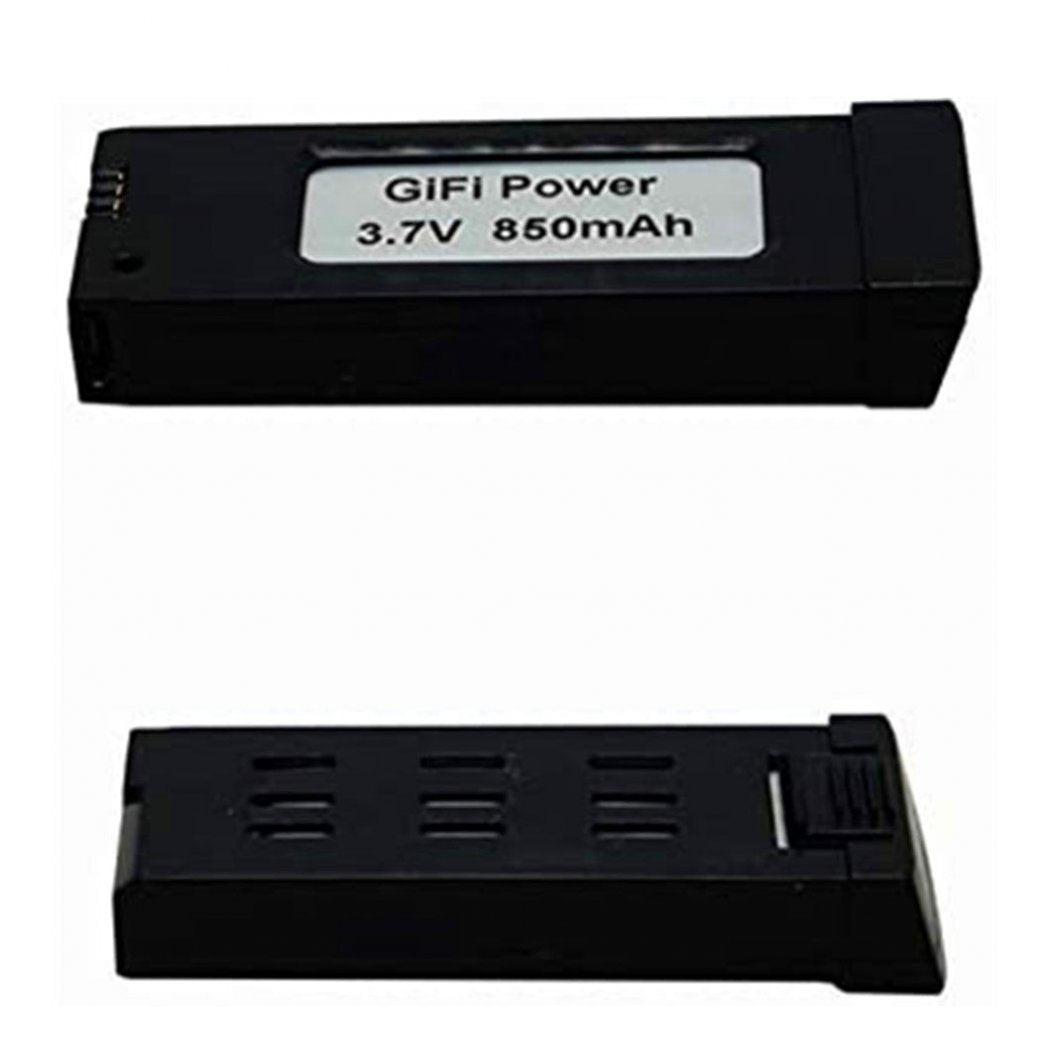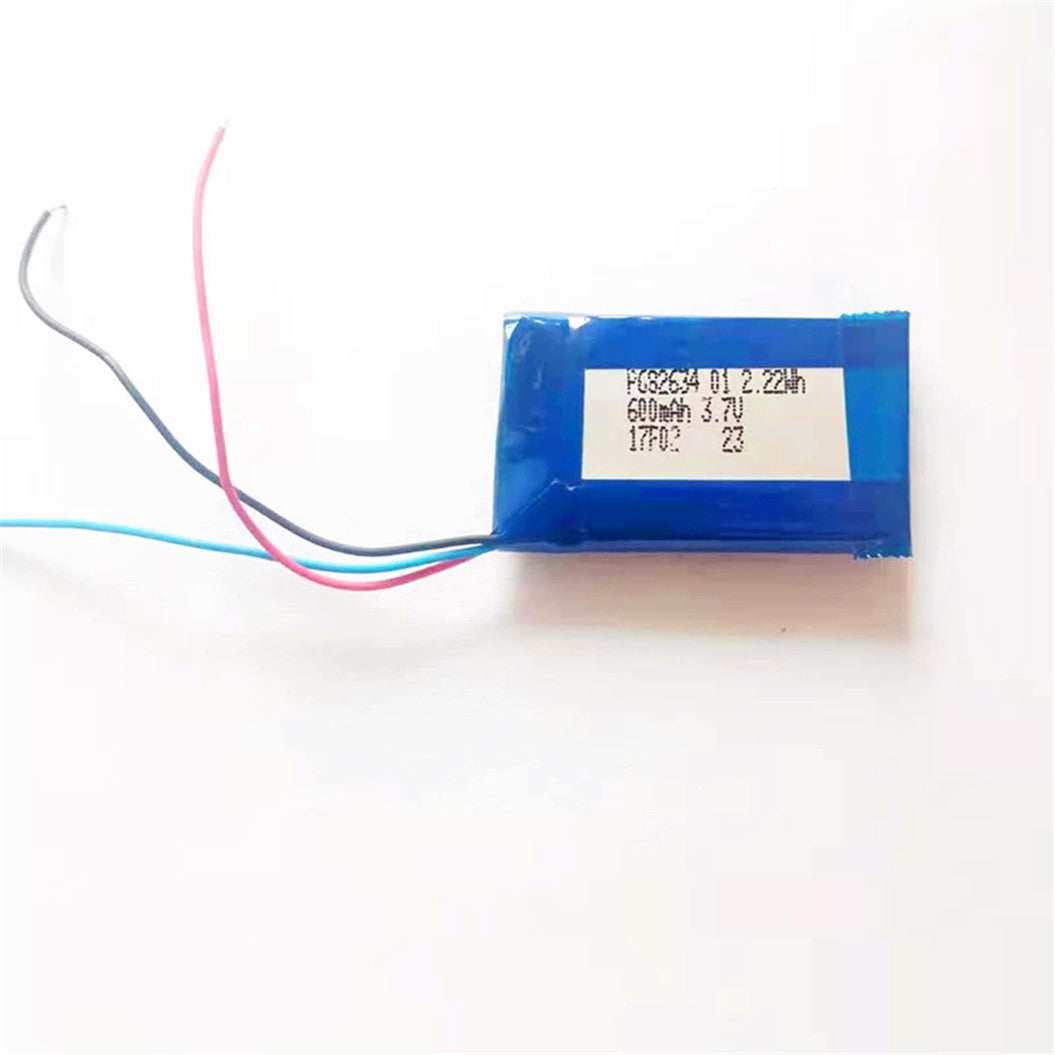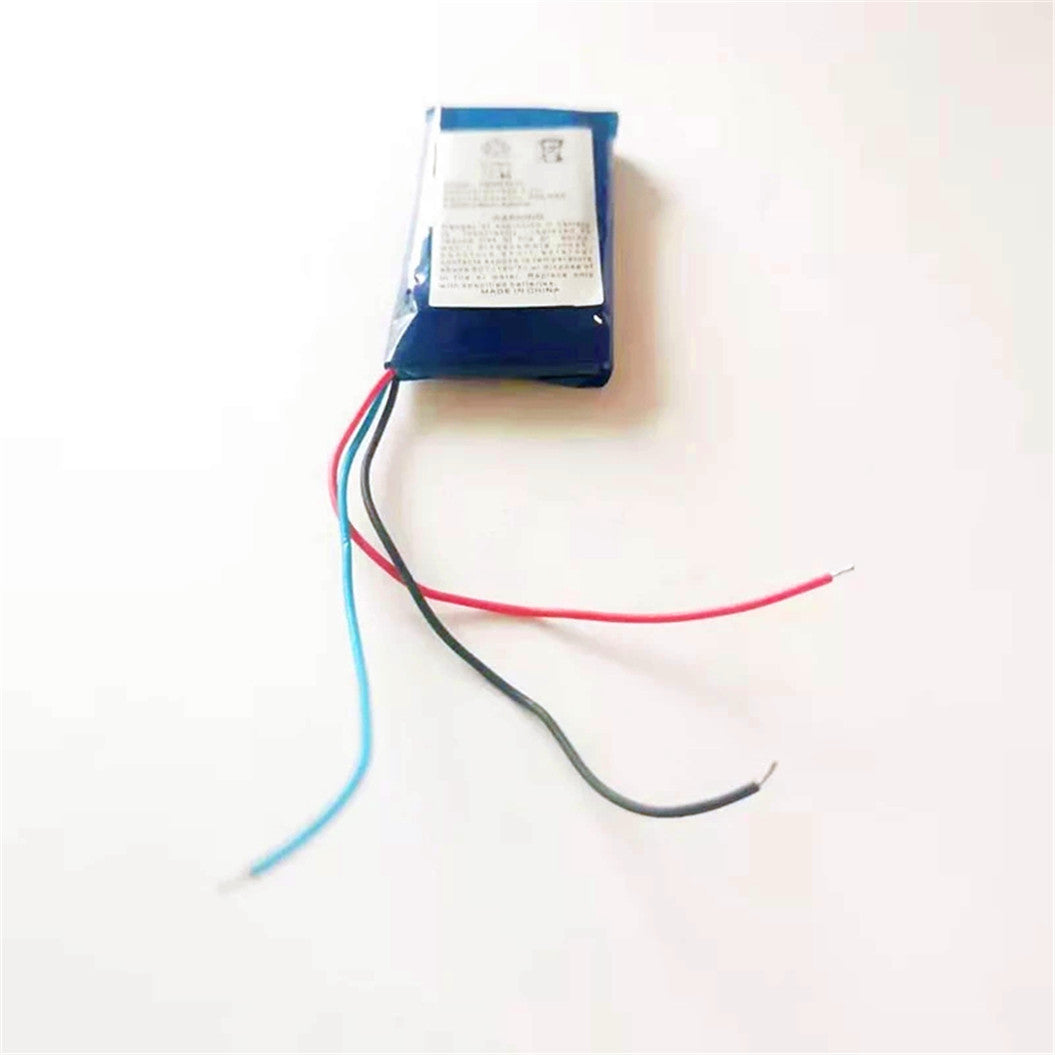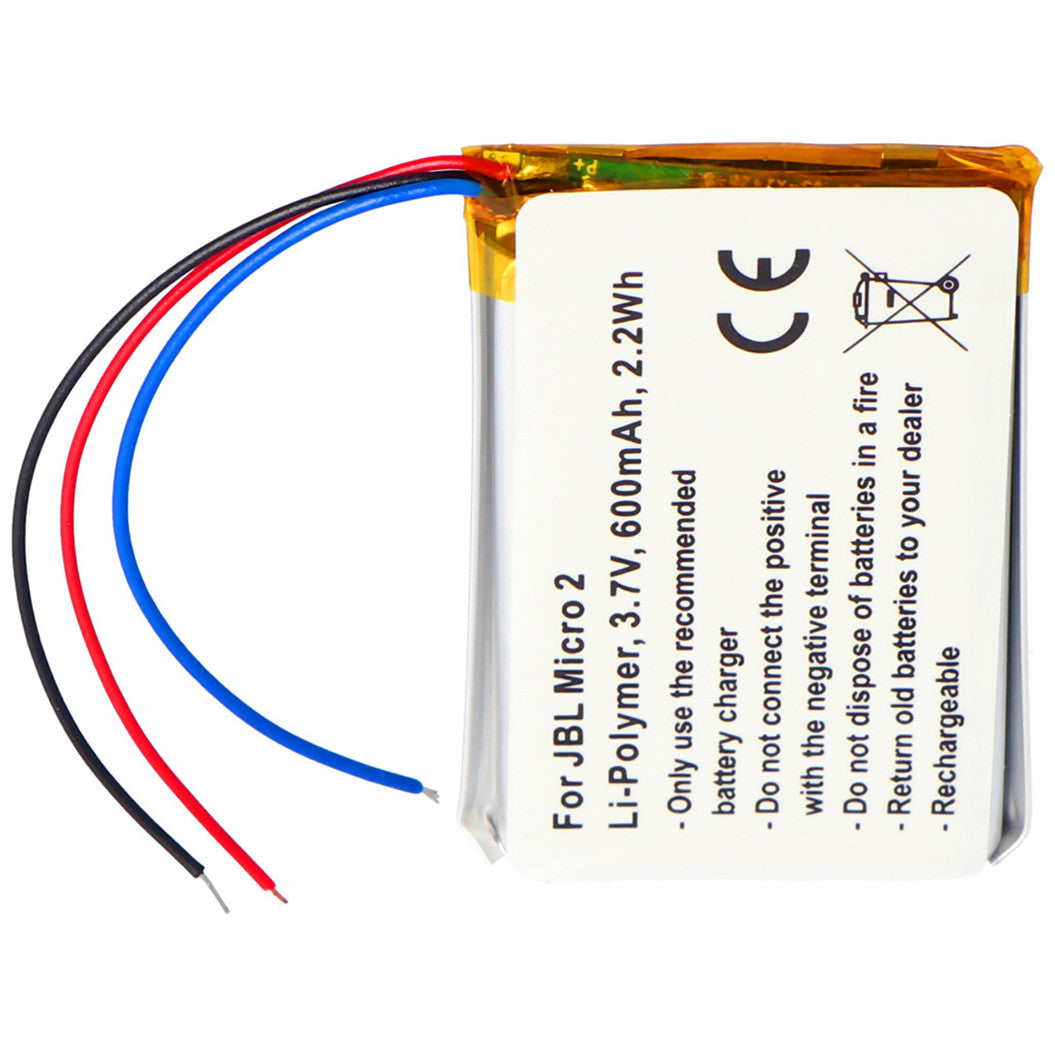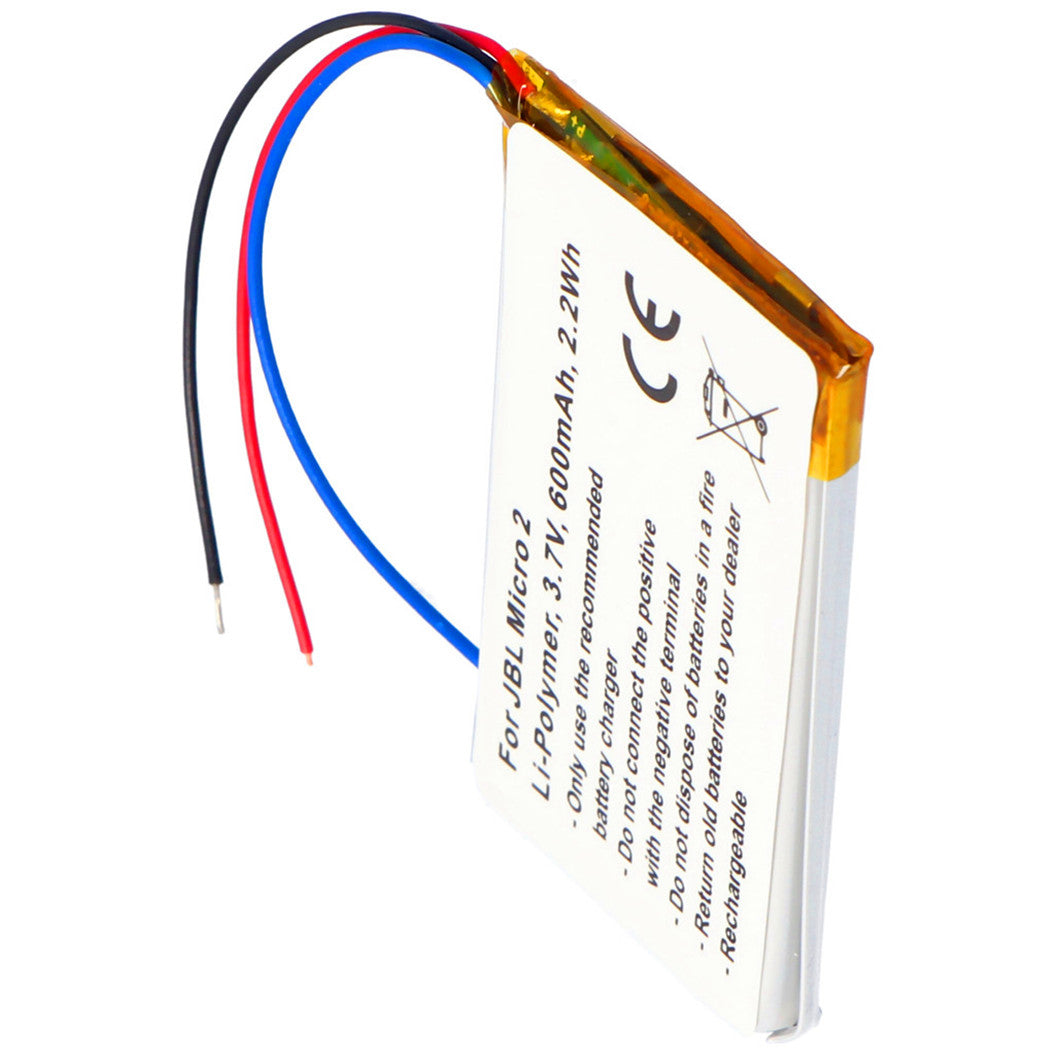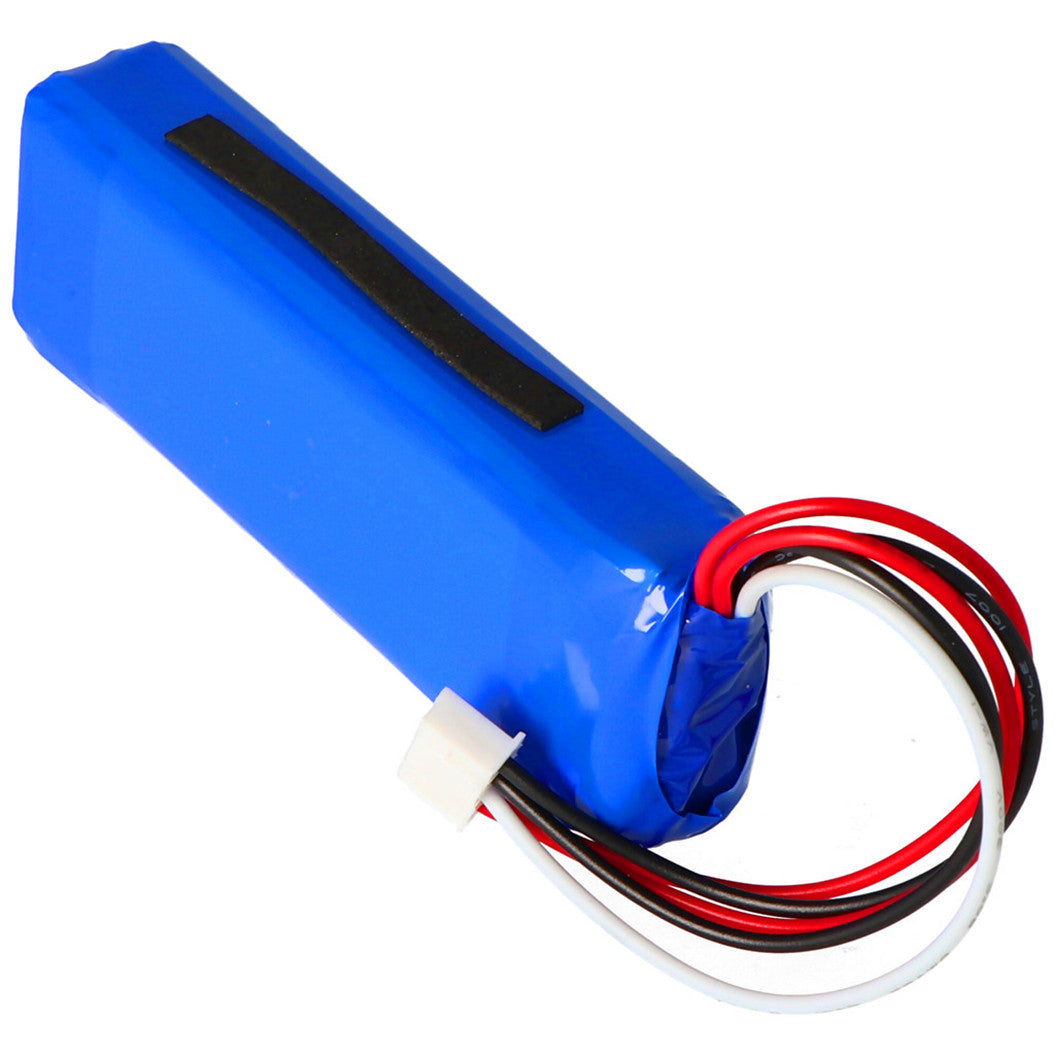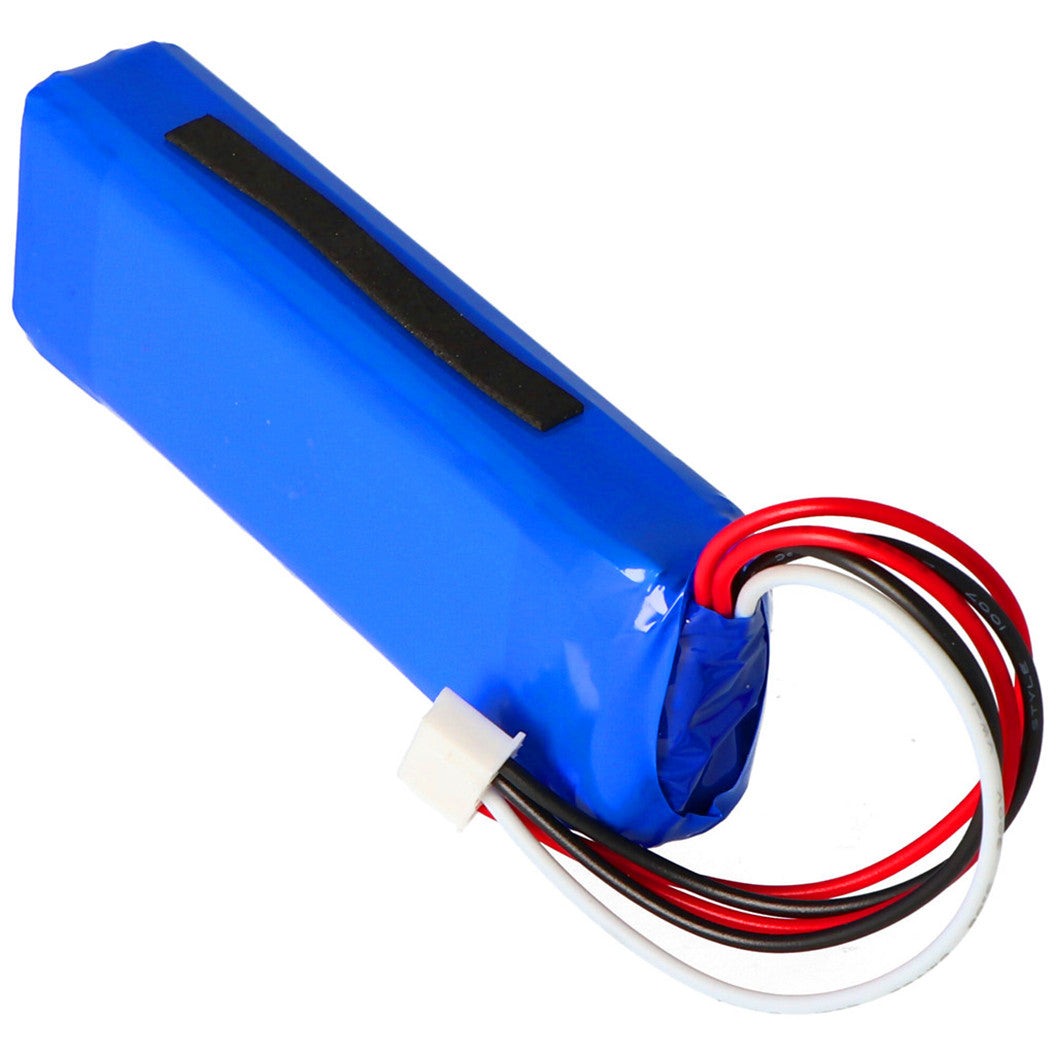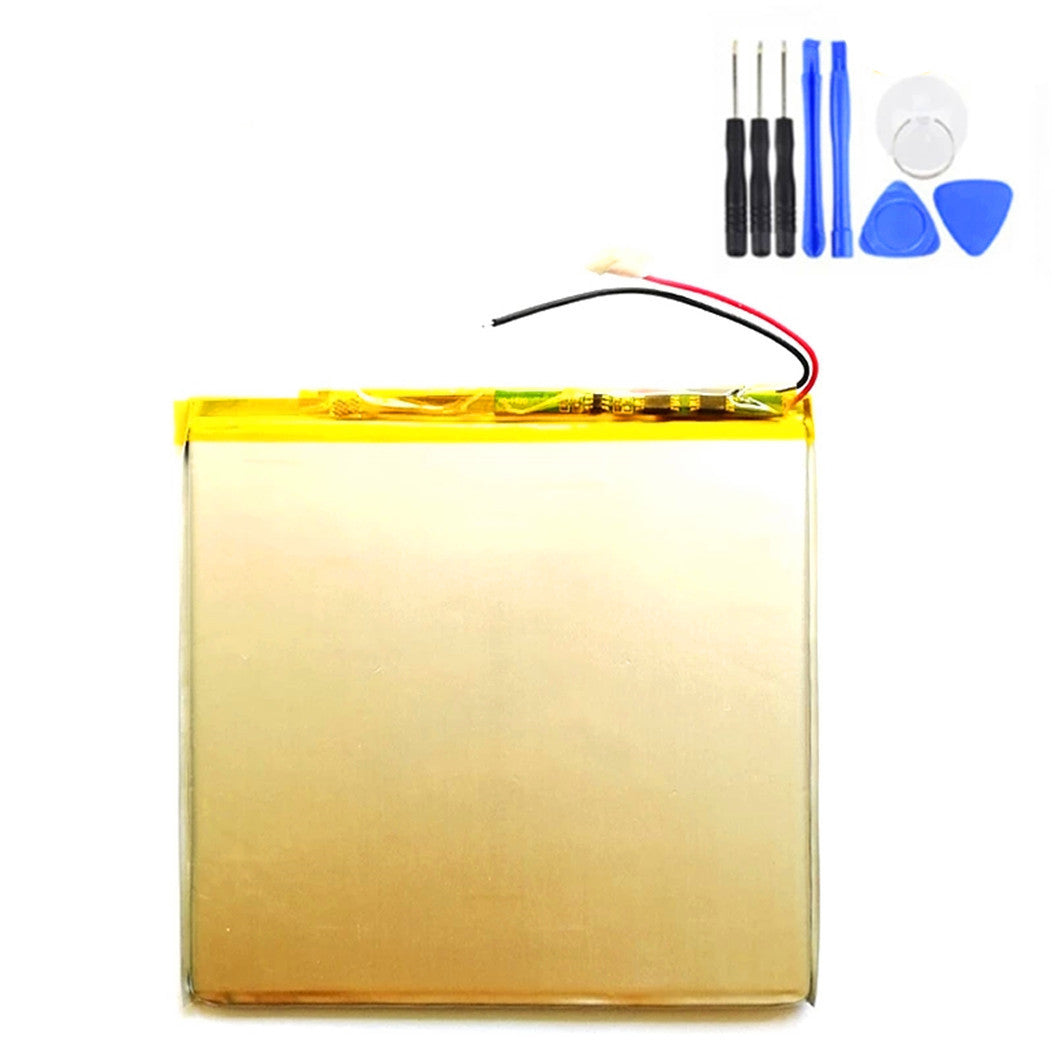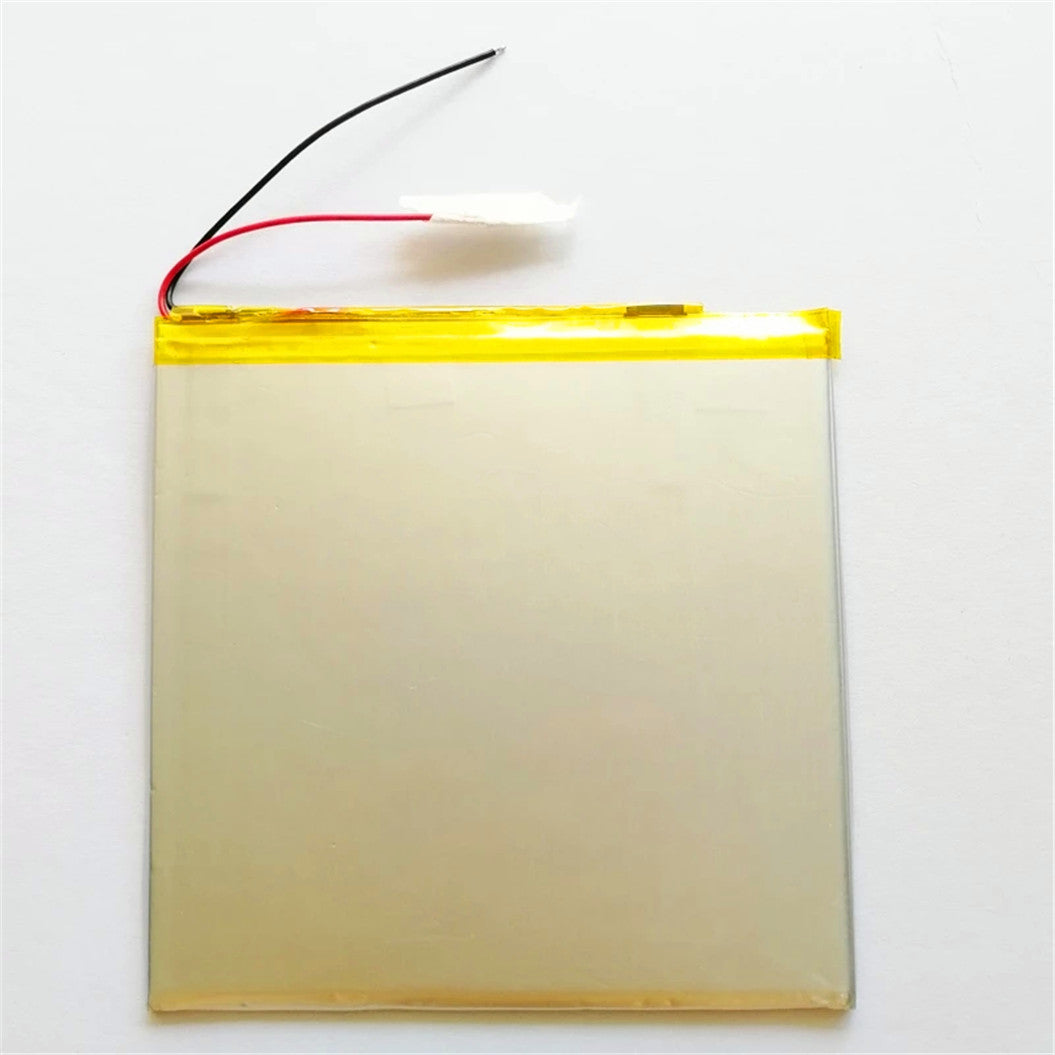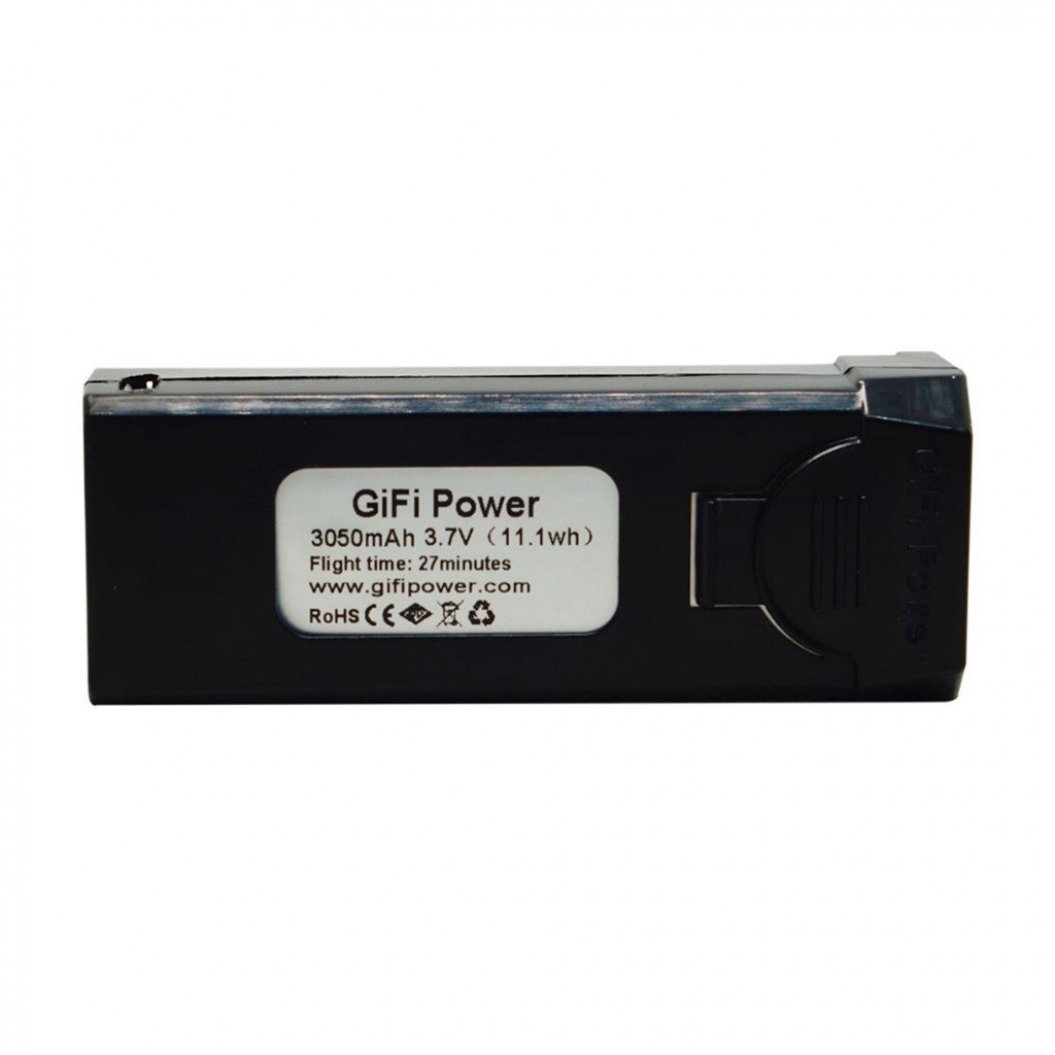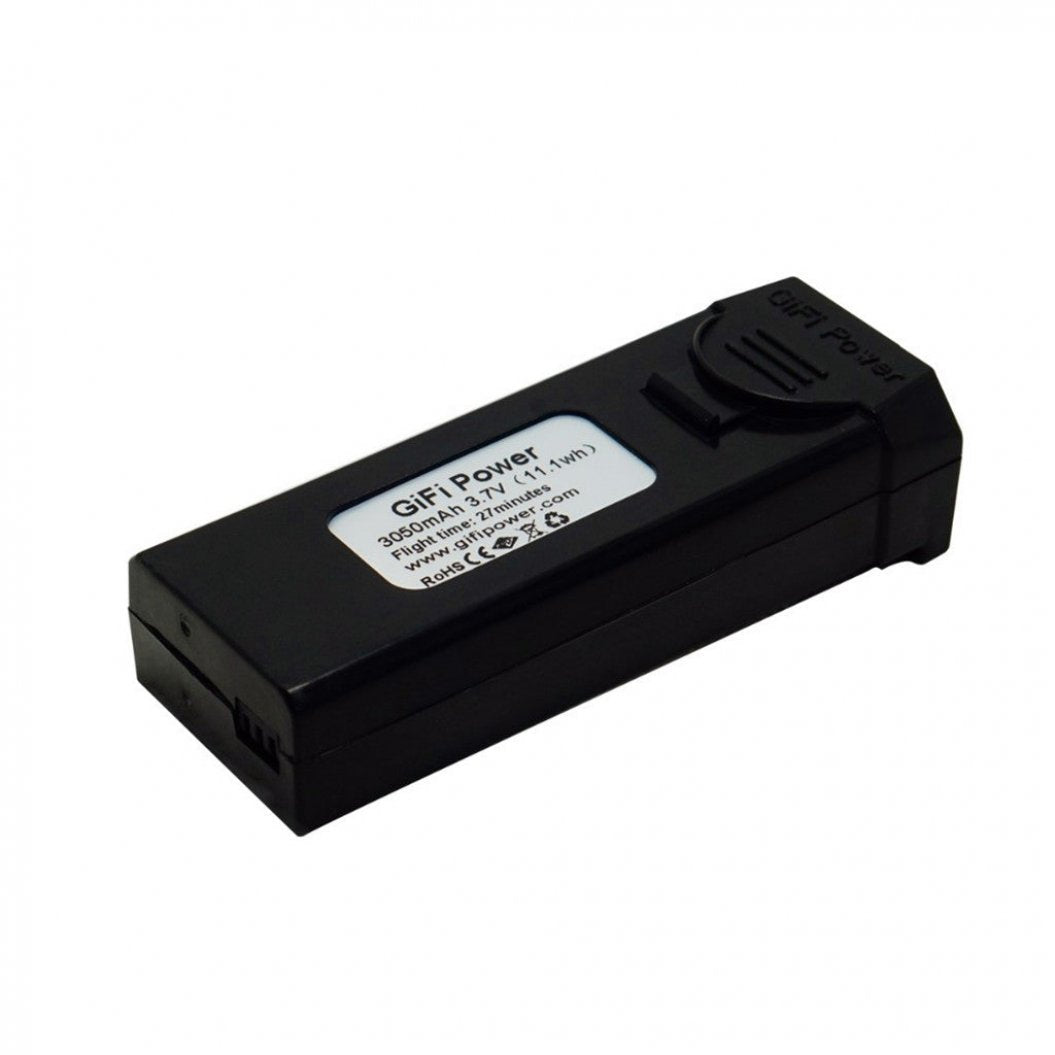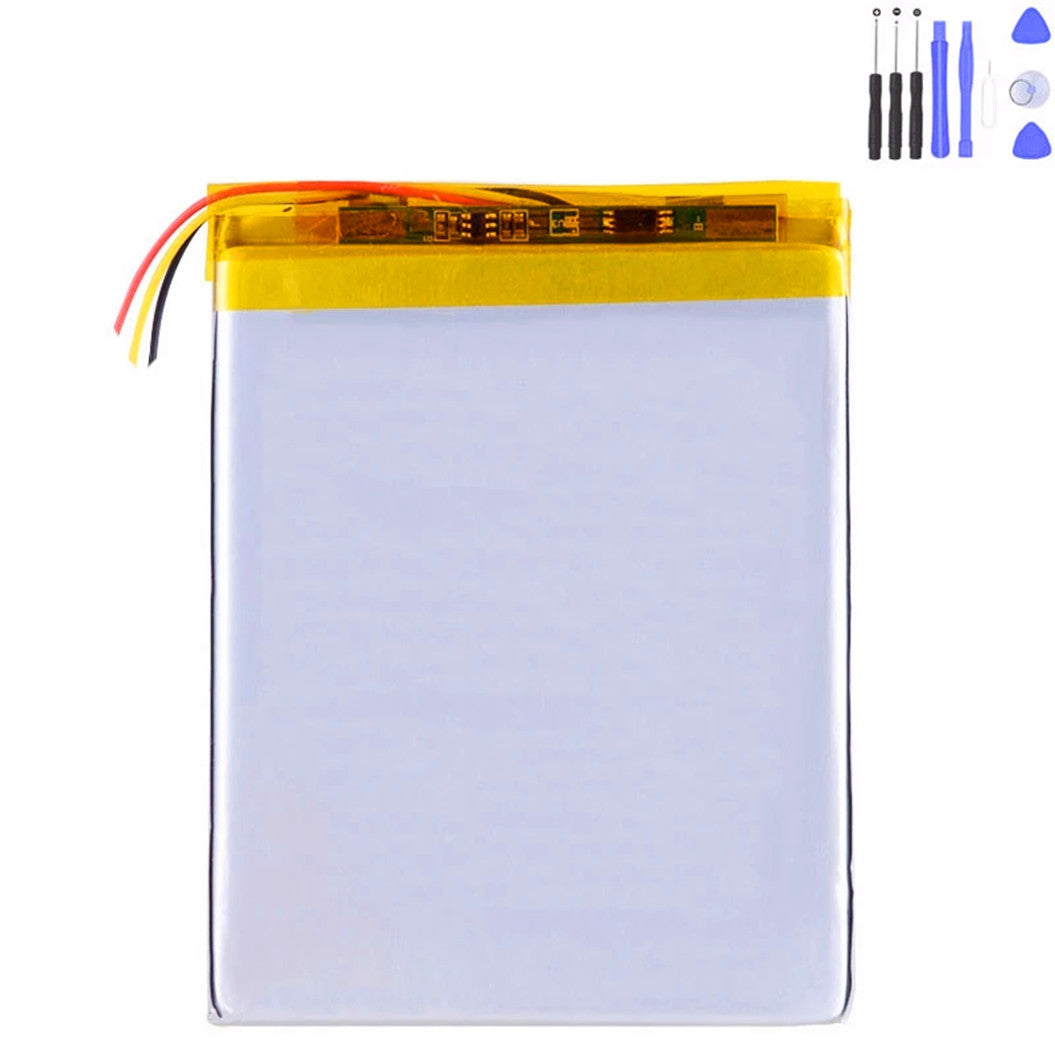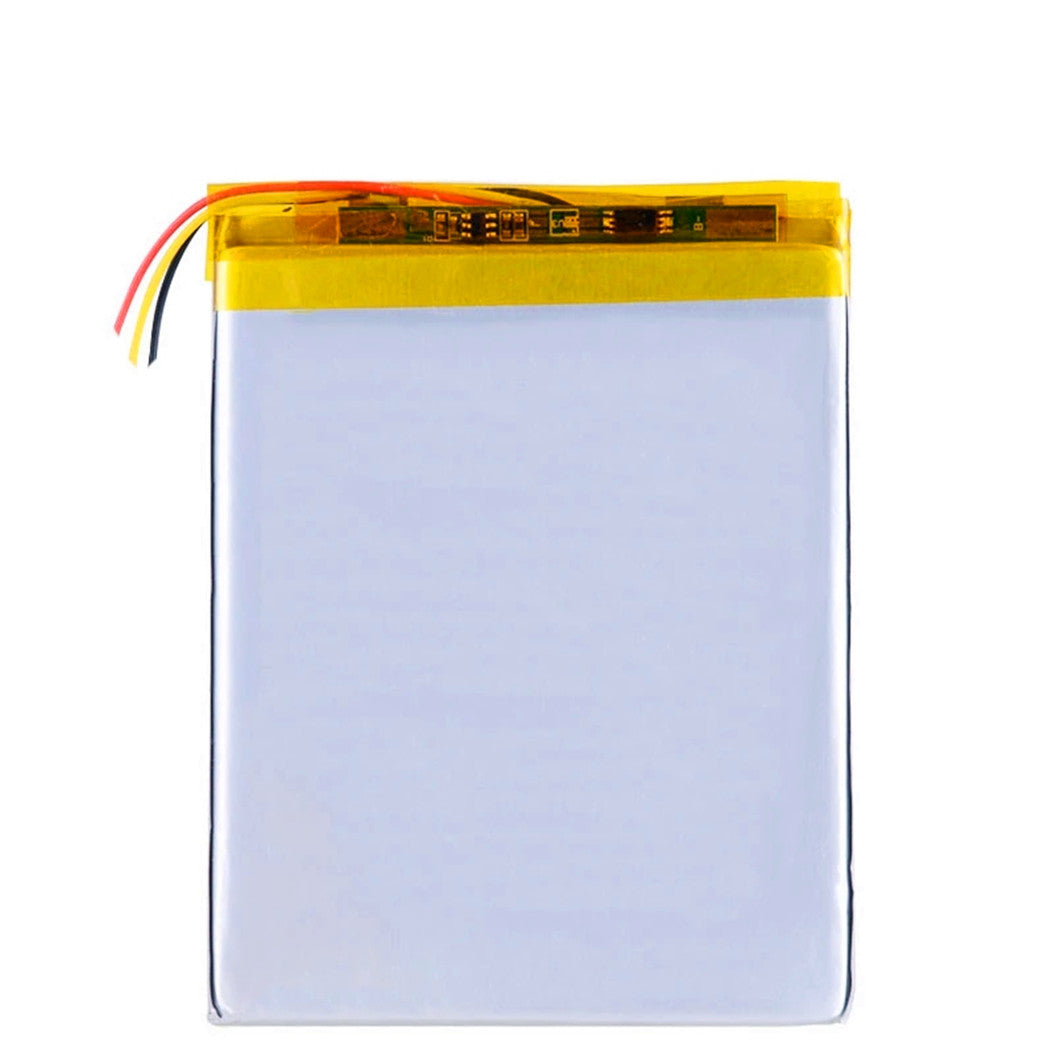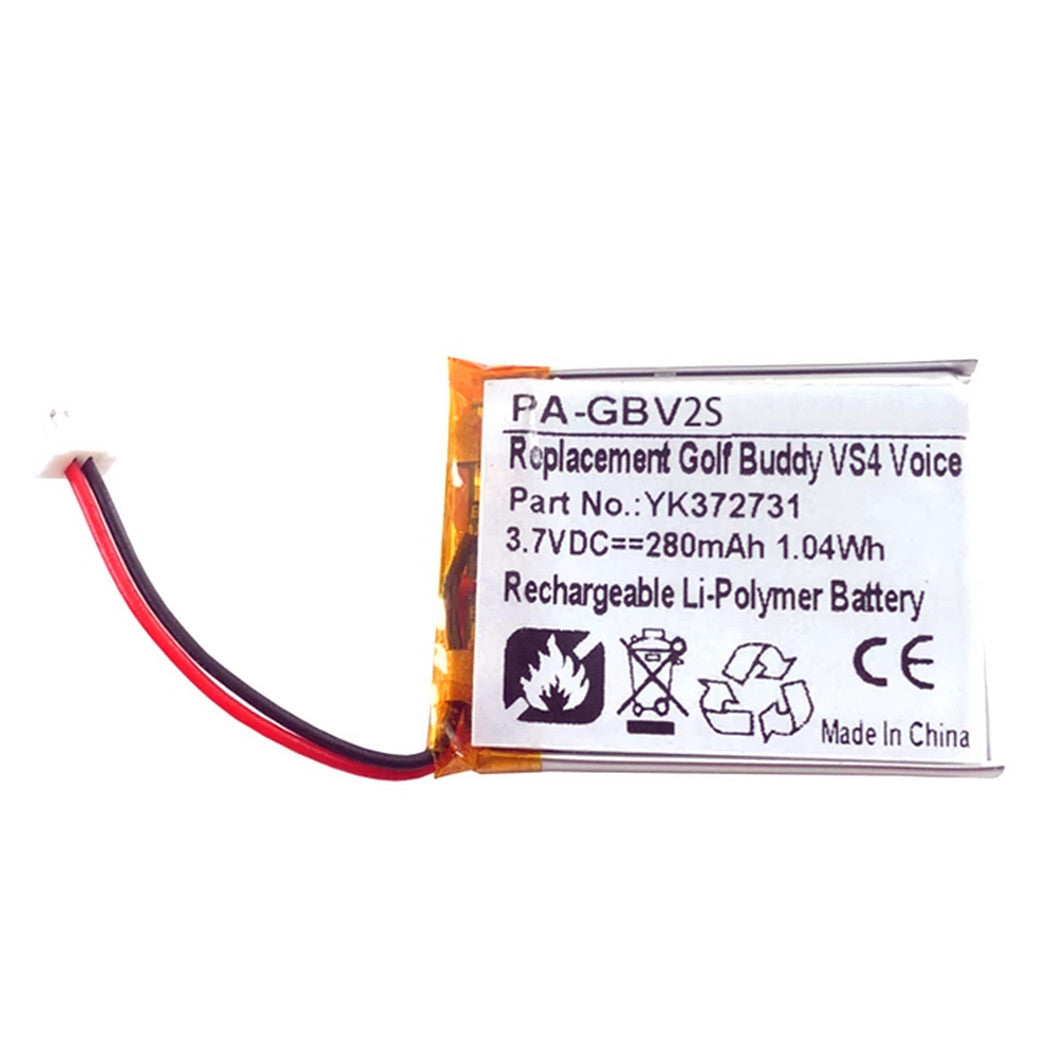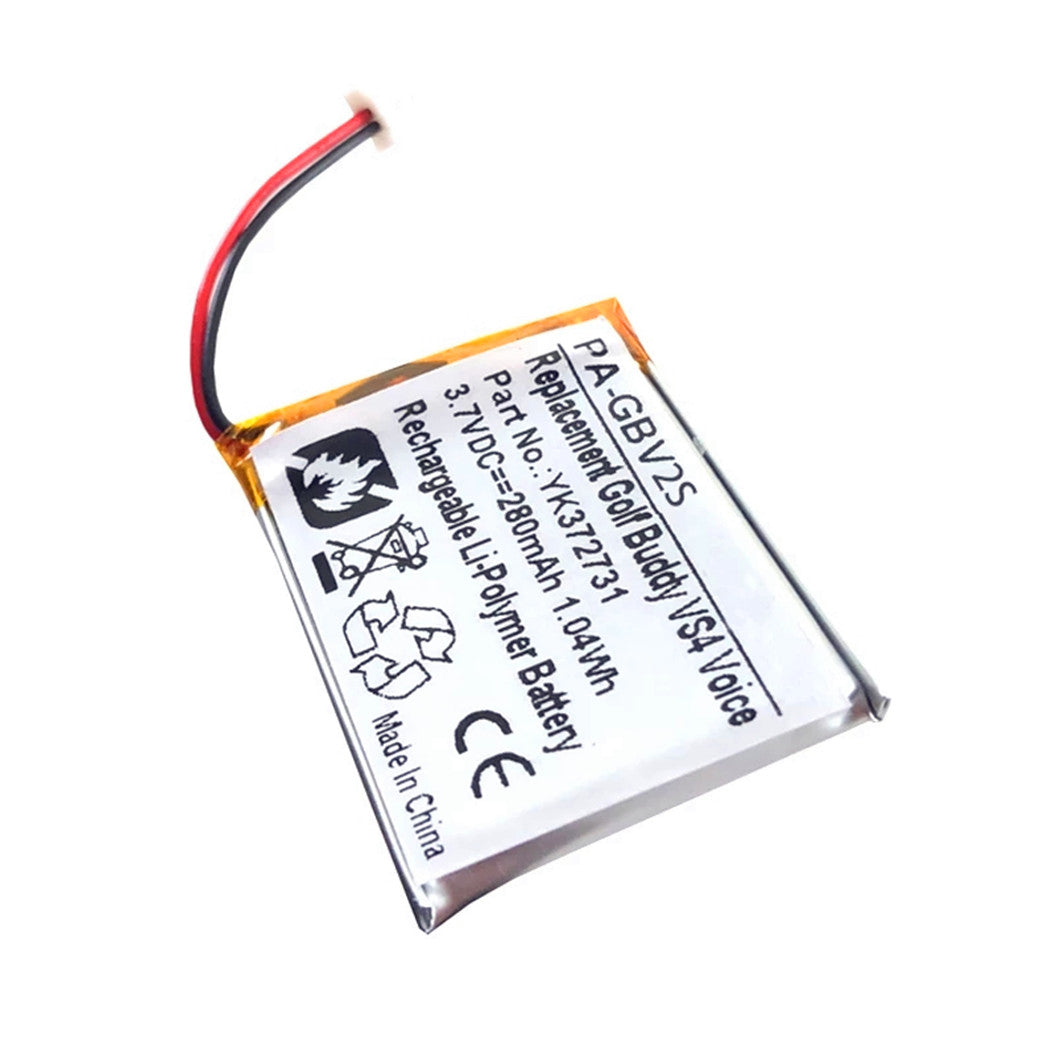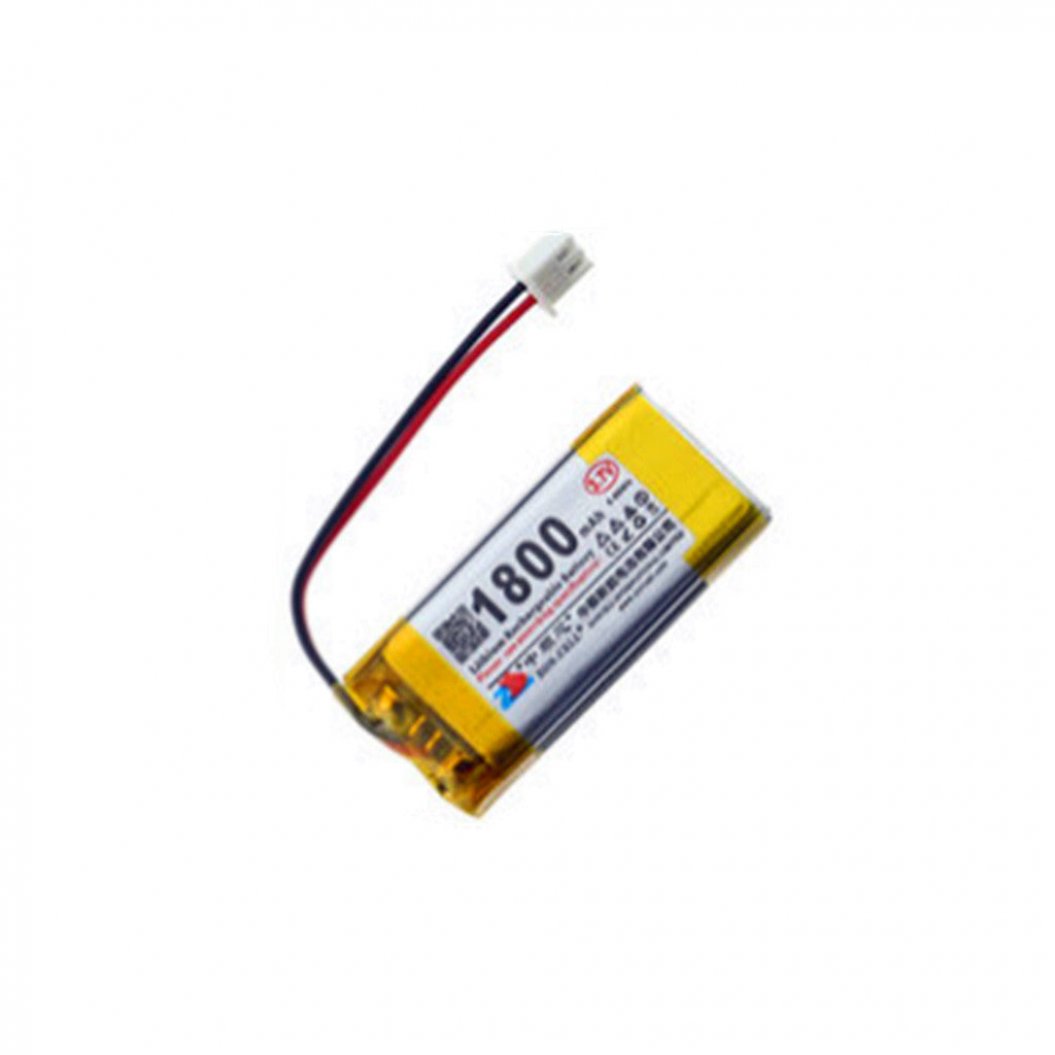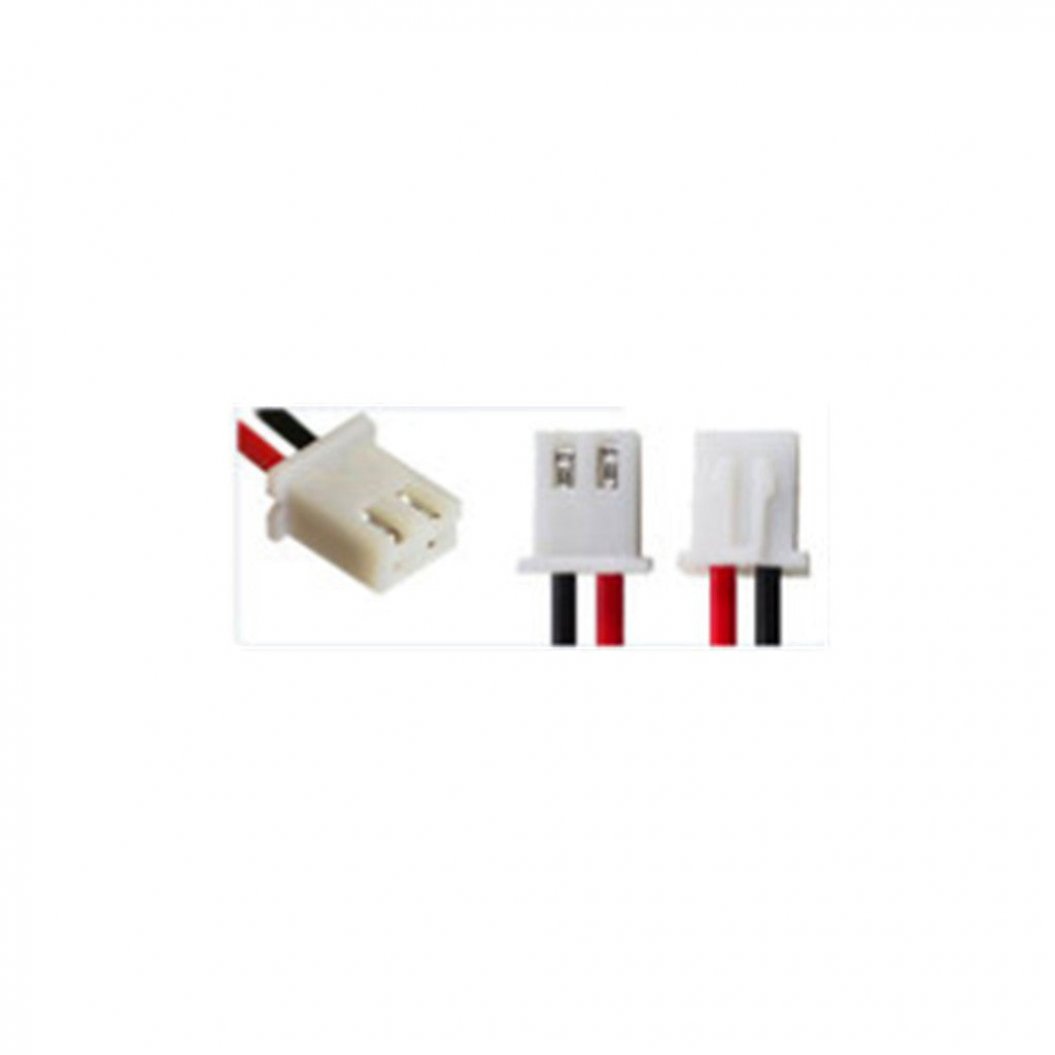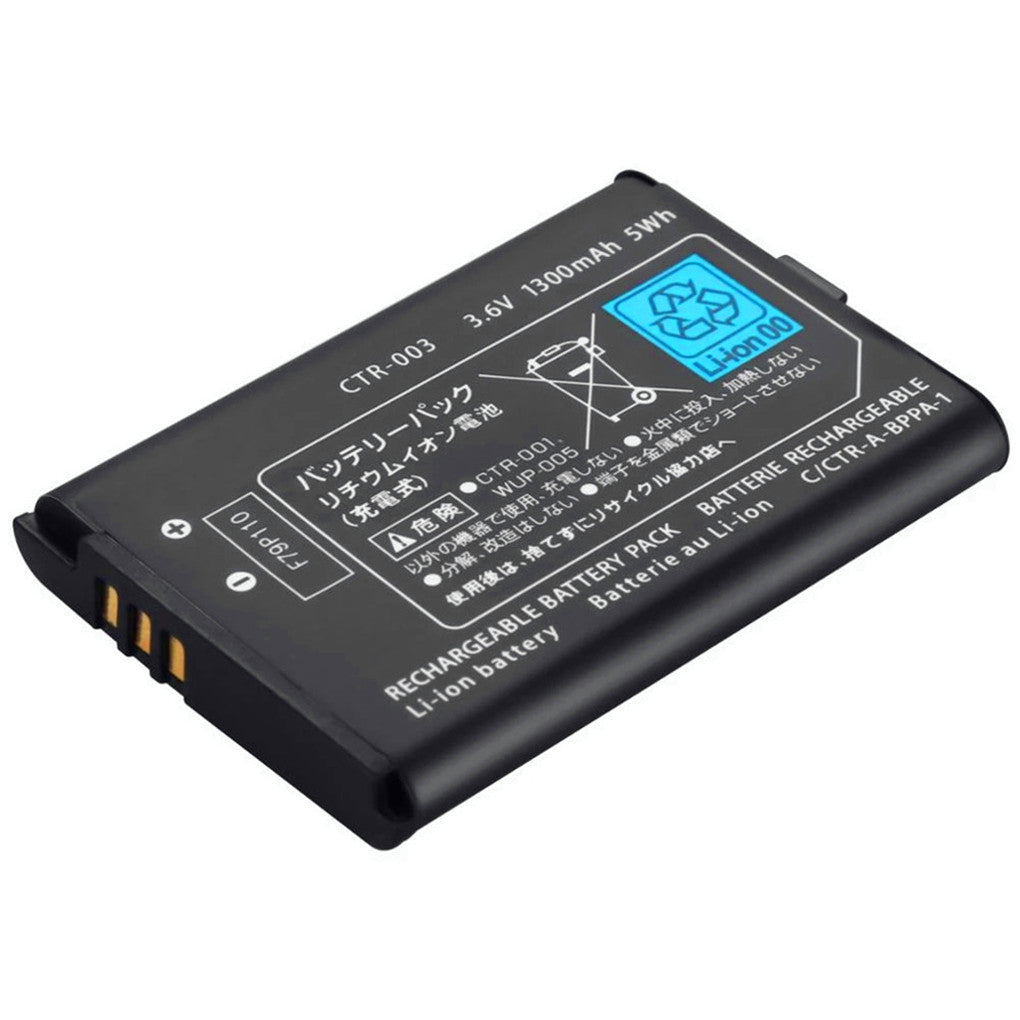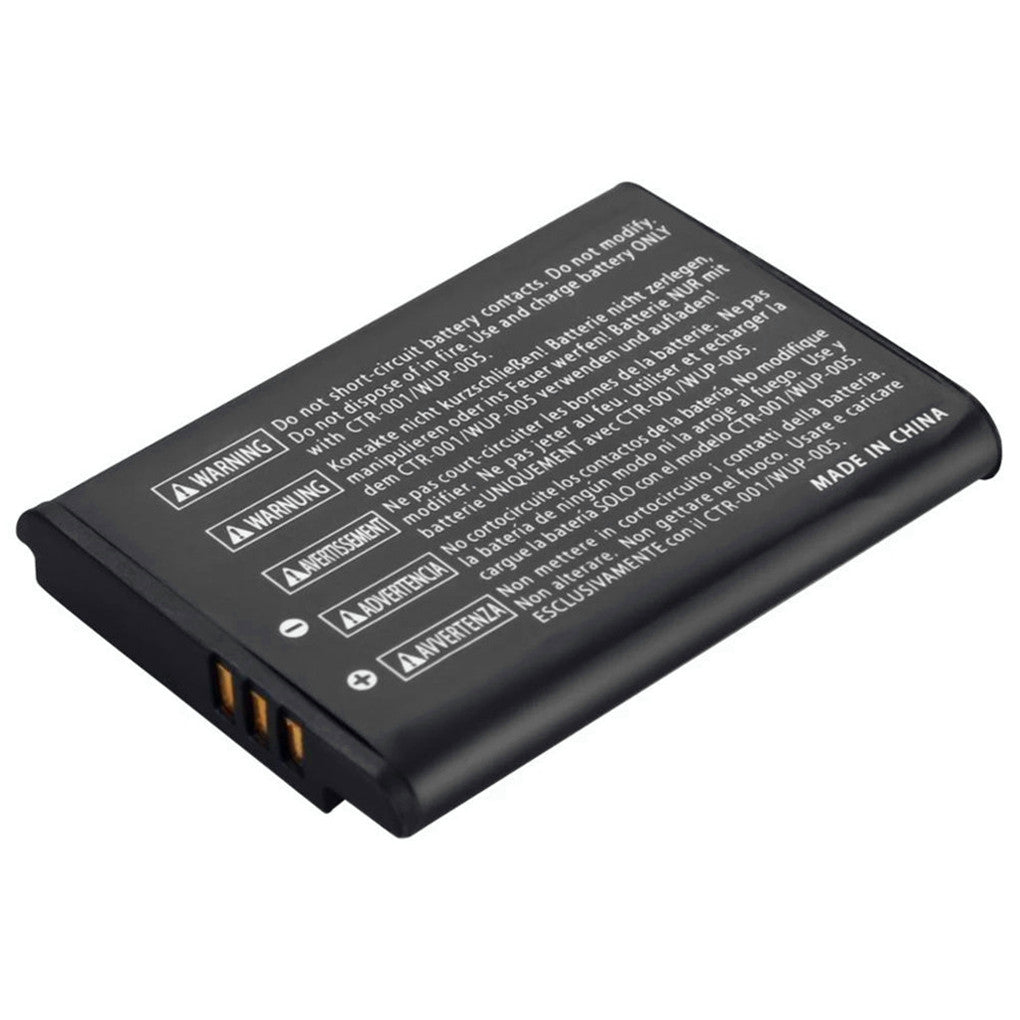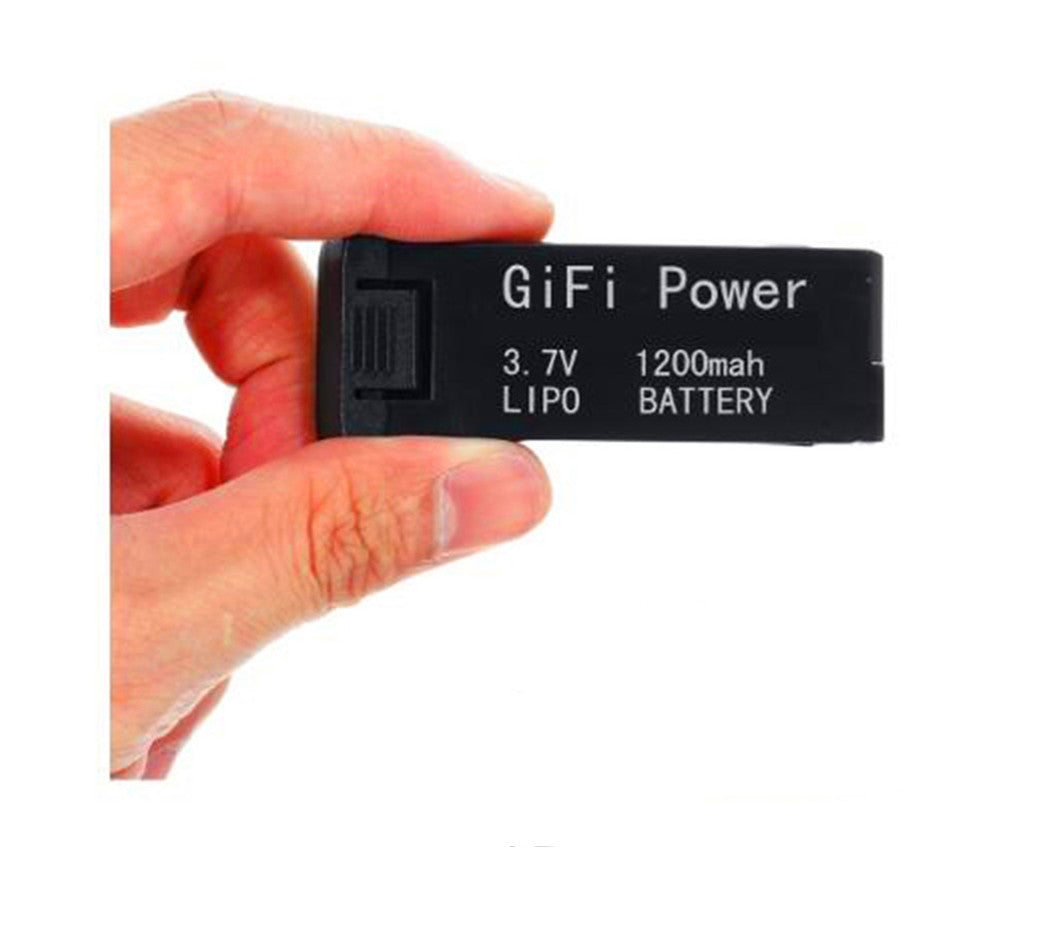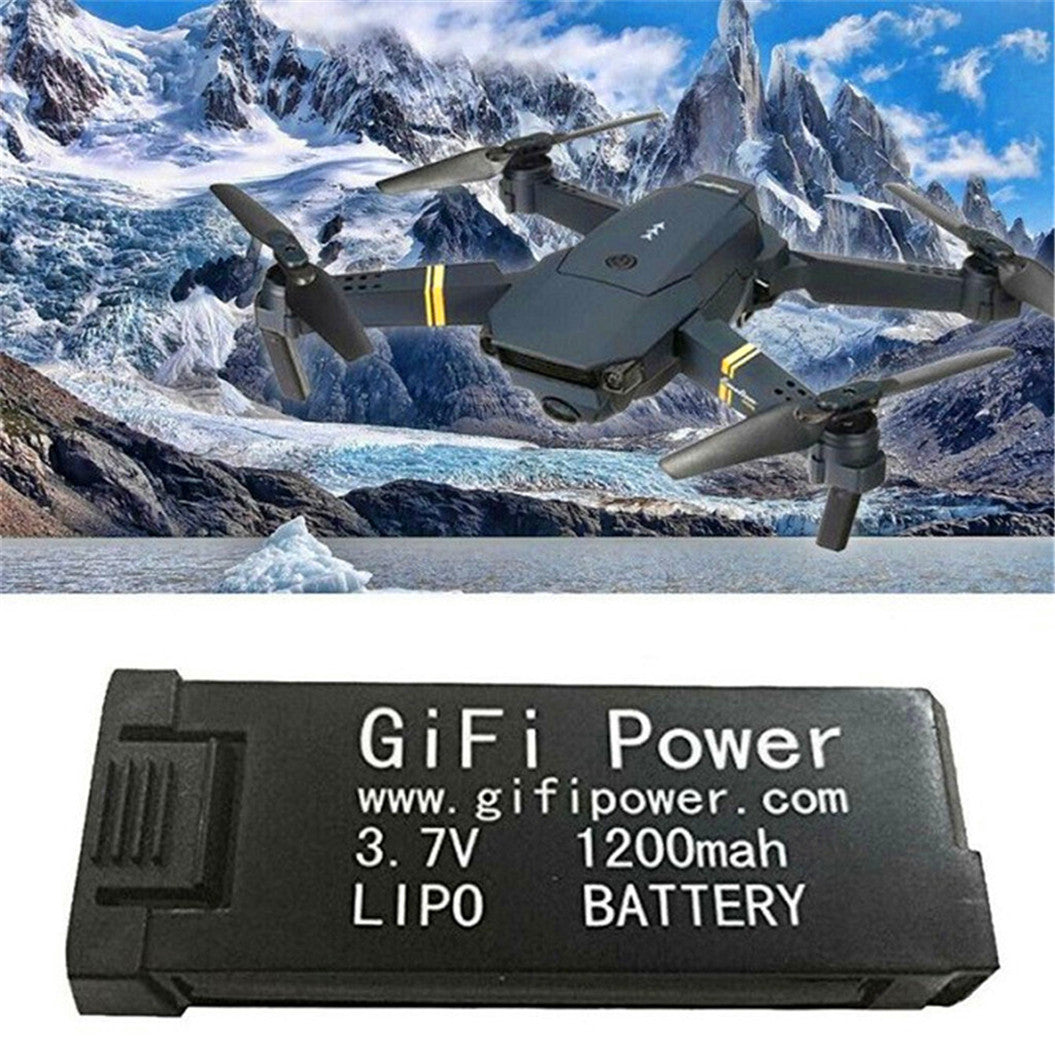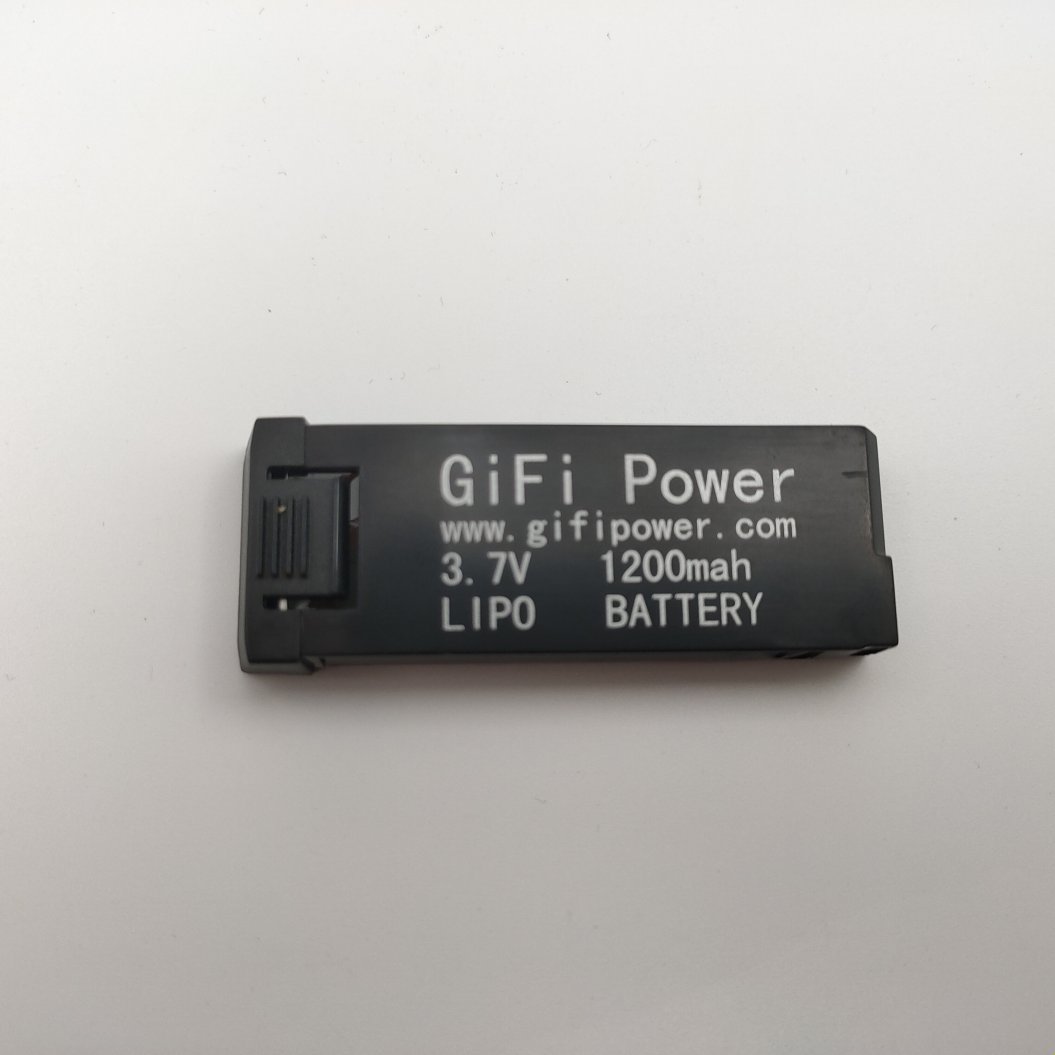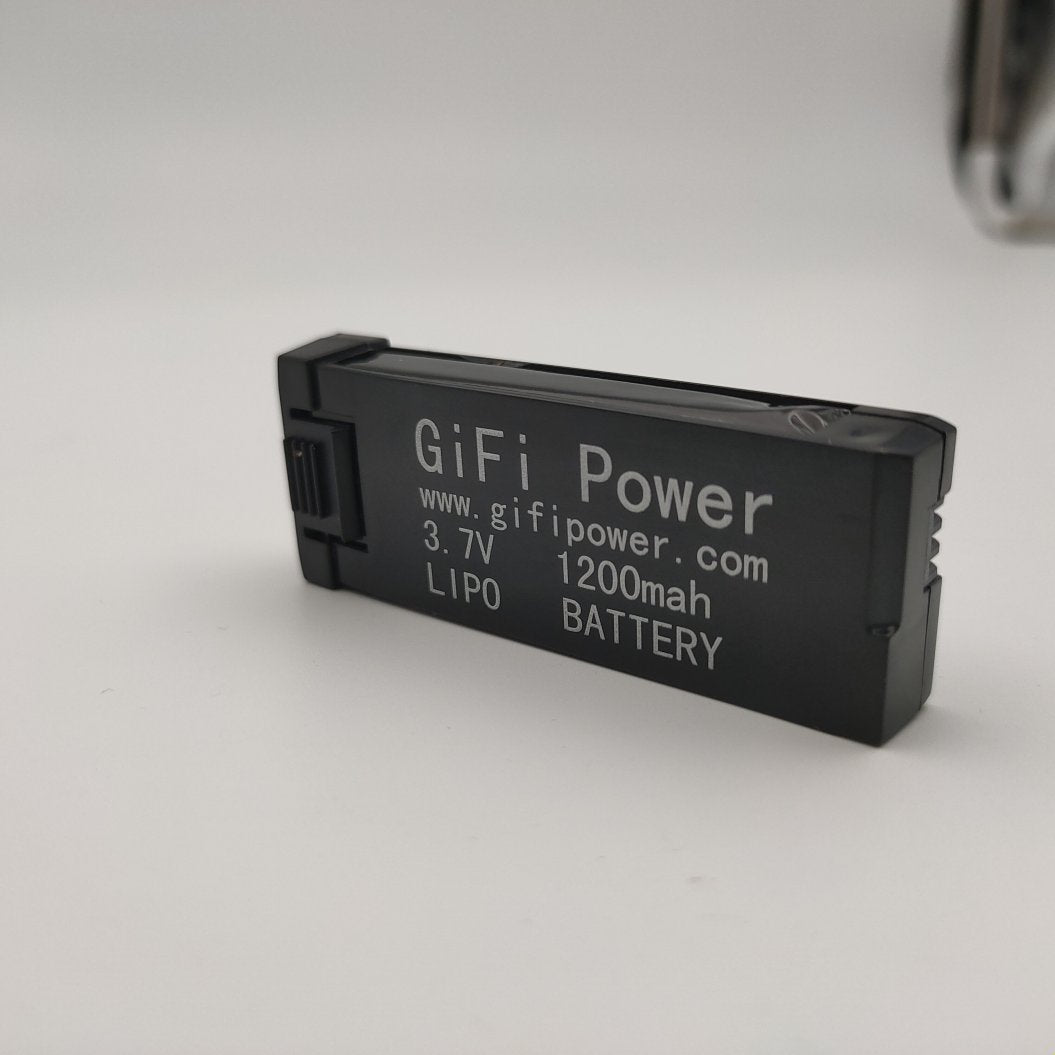-
販売元:BATTERYINT
3.7V 850mAh LiPo バッテリー E58 JY019 GD88 L800 S168 RC クアッドコプター ドローン用 2個パック
- 通常価格
- $13.99
- 通常価格
-
- セール価格
- $13.99
- 単価
- あたり
3.7V 850mAh LiPo バッテリー E58 JY019 GD88 L800 S168... -
販売元:BATTERYINT
3.7V 600mAh バッテリー For JBL Go スマートワイヤレスBluetooth スピーカー 3線
- 通常価格
- $15.99
- 通常価格
-
- セール価格
- $15.99
- 単価
- あたり
3.7V 600mAh バッテリー For JBL Go スマートワイヤレスBluetooth... -
販売元:BATTERYINT
3.7V 600mAh 2.2Wh バッテリー JBL Micro 2 用
- 通常価格
- $11.82
- 通常価格
-
- セール価格
- $11.82
- 単価
- あたり
3.7V 600mAh 2.2Wh バッテリー JBL Micro 2 用 製品情報: 製品カ... -
販売元:BATTERYINT
3.7V 6000mAh 22.2Wh バッテリー JBL 用
- 通常価格
- $30.60
- 通常価格
-
- セール価格
- $30.60
- 単価
- あたり
3.7V 6000mAh 22.2Wh バッテリー JBL 用 製品情報: 製品タイプ:バッテ... -
販売元:BATTERYINT
3.7V 5000mAh 30105110 33105110 バッテリー タブレットPC E-Bookリーダー用 2本線 + 工具
- 通常価格
- $8.99
- 通常価格
-
- セール価格
- $8.99
- 単価
- あたり
3.7V 5000mAh 30105110 33105110 バッテリー タブレットPC E-... -
販売元:BATTERYINT
3.7V 3050mAh LiPoバッテリー VISUO XS809S ドローン XS812 XS809HW RCドローン用
- 通常価格
- $25.99
- 通常価格
-
- セール価格
- $25.99
- 単価
- あたり
3.7V 3050mAh LiPoバッテリー VISUO XS809S ドローン XS812 ... -
販売元:BATTERYINT
3.7V 3000mAh 407093 357095 バッテリー 子供用タブレット プレスティジオ マルチパッド カラー 2 3G PMT3777_3G_D 交換用蓄電池 3ワイヤー+ツール
- 通常価格
- $19.98
- 通常価格
-
- セール価格
- $19.98
- 単価
- あたり
3.7V 3000mAh 407093 357095 バッテリー 子供用タブレット プレスティ... -
販売元:BATTERYINT
3.7V 280mAh PL482730 YK372731 バッテリー - GOLF BUDDY DSC-GB750, DSC-GB900, Voice 2 GPS Rangefinder Plus VS4
- 通常価格
- $23.24
- 通常価格
-
- セール価格
- $23.24
- 単価
- あたり
3.7V 280mAh PL482730 YK372731 バッテリー - GOLF BUDD... -
販売元:BATTERYINT
3.7V 1800mAh 502248 XH2.45 リバースプラグ Bluetooth ワイヤレススピーカー ポータブルメーター ポリマリチウムバッテリー
- 通常価格
- $16.99
- 通常価格
-
- セール価格
- $16.99
- 単価
- あたり
3.7V 1800mAh 502248 XH2.45 リバースプラグ Bluetooth ワイ... -
販売元:BATTERYINT
3.7V 1300mAh CTR 003 高品質バッテリーパック、Nintendo 3DS、CTR A AB、Nintendo 2DS XL、3DS用交換バッテリー
- 通常価格
- $21.60
- 通常価格
-
- セール価格
- $21.60
- 単価
- あたり
3.7V 1300mAh CTR 003 高品質バッテリーパック、Nintendo 3DS、C... -
販売元:BATTERYINT
3.7V 1200mAh 交換用LiPoバッテリー for JY019, S168, E58, M68
- 通常価格
- $23.49
- 通常価格
-
- セール価格
- $23.49
- 単価
- あたり
3.7V 1200mAh 交換用LiPoバッテリー for JY019, S168, E58,... -
販売元:BATTERYINT
3.7V 1200mAh バッテリー for E58/S168/HY019
- 通常価格
- $22.99
- 通常価格
-
- セール価格
- $22.99
- 単価
- あたり
3.7V 1200mAh バッテリー for E58/S168/HY019 製品情報: 3.7...
ショーイング 265 -276 の 344 項目
1. How to Charge Lipo Battery?
These are the safe charging tips for LiPo batteries:
- Always use a charger specifically designed for LiPo batteries to prevent overcharging or undercharging.
- Before charging, set the charger’s current and voltage to match the battery’s specifications, typically at 1C, which is twice the battery’s capacity.
- During charging, place the lithium ion polymer battery in a fireproof bag or on a flat surface that is free of flammable materials.
- Closely monitor the lithium polymer battery during charging and ensure that it is not left unattended for extended periods.
- Always use a charger specifically designed for LiPo batteries to prevent overcharging or undercharging.
- Before charging, set the charger’s current and voltage to match the battery’s specifications, typically at 1C, which is twice the battery’s capacity.
- During charging, place the lithium ion polymer battery in a fireproof bag or on a flat surface that is free of flammable materials.
- Closely monitor the lithium polymer battery during charging and ensure that it is not left unattended for extended periods.
2. How to Store Lipo Battery?
When storing Lithium Polymer (LiPo) batteries, they should be kept at approximately 50% charge, which will help to prolong battery life. The lithium ion polymer battery should be stored in a dry, cool environment, away from direct sunlight and extreme temperatures.
In addition, batteries should be stored in a fireproof bag or special safety box to prevent accidents. In addition, if not used for a long period, perform a light charge and discharge every few months to maintain battery performance.
In addition, batteries should be stored in a fireproof bag or special safety box to prevent accidents. In addition, if not used for a long period, perform a light charge and discharge every few months to maintain battery performance.
3. What Is the Lifespan of a Lipo Battery?
In general, lithium polymer batteries can support approximately 300 to 500 charge/discharge cycles if properly used and maintained. To extend battery life, avoid overcharging and over-discharging, and keep the lithium ion polymer battery at the proper temperature during use and storage.
4. How to Prevent Lipo Battery from Expansion and Explosion?
These tips below prevent lithium polymer (lipo) batteries from expanding or explosion:
- Ensure that you are using a charger that is specifically designed for LiPo batteries and that you strictly follow the battery’s charging specifications.
- Avoid exposing the lithium polymer battery to extreme temperatures or direct sunlight during charging and use.
- Ensure that the lithium ion polymer battery is not physically damaged. Regularly inspect the battery for any signs of wear or damage.
- If the LiPo batteries show signs of swelling, discontinue use immediately to prevent further risks such as expansion or explosion.
- Ensure that you are using a charger that is specifically designed for LiPo batteries and that you strictly follow the battery’s charging specifications.
- Avoid exposing the lithium polymer battery to extreme temperatures or direct sunlight during charging and use.
- Ensure that the lithium ion polymer battery is not physically damaged. Regularly inspect the battery for any signs of wear or damage.
- If the LiPo batteries show signs of swelling, discontinue use immediately to prevent further risks such as expansion or explosion.
5. What Is the Difference Between a 4s Lipo Battery and a 3s LiPo Battery?
The main differences between 4s lipo batteries and 3s LiPo batteries are the number of cells and the total voltage. 3s batteries consist of three cells in series and typically have a voltage of 11.1 volts, while 4s batteries consist of four cells in series and typically have a voltage of 14.8 volts.
However, higher voltages may also require electronic equipment to have a higher voltage tolerance, so the voltage compatibility of equipment must be considered when choosing a lithium polymer battery.
However, higher voltages may also require electronic equipment to have a higher voltage tolerance, so the voltage compatibility of equipment must be considered when choosing a lithium polymer battery.
6. How Long Does It Take to Charge a 4s Lipo Battery?
Typically, most 4-cell LiPo batteries take about 1 to 1.5 hours to fully charge when charged at a 1C charge rate (i.e. the current value for the rated capacity of the battery).
For example, a 5000mAh battery will take about 1 hour to fully charge at 5A charge current. Ensure that you use the appropriate charger for your lithium polymer battery to maintain its health and safety.
For example, a 5000mAh battery will take about 1 hour to fully charge at 5A charge current. Ensure that you use the appropriate charger for your lithium polymer battery to maintain its health and safety.
7. Which Is Better, Lifepo4 or Lipo Battery?
LiFePO4 batteries are known for their longer life and increased safety. It is usually more suitable for applications that require long-term reliability, such as electric vehicles and solar energy storage systems.
LiPo batteries, on the other hand, offer higher energy density and power output. Ideal for devices with stringent weight and size requirements, such as UAVs and RC models.
LiPo batteries, on the other hand, offer higher energy density and power output. Ideal for devices with stringent weight and size requirements, such as UAVs and RC models.
8. Which Is Better, Nimh or Lipo Battery?
NiMH batteries are more environmentally friendly and less expensive, making them suitable for every day and low-power devices.
LiPo batteries, on the other hand, offer higher energy density and discharge rates, making them more suitable for use in high-power devices such as drones and high-performance RC cars.
LiPo batteries, on the other hand, offer higher energy density and discharge rates, making them more suitable for use in high-power devices such as drones and high-performance RC cars.

